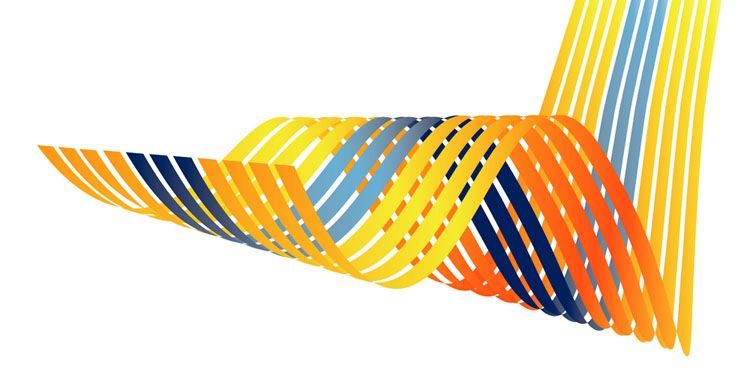Click on the FLAG for your LANGUAGE >>>

Frozen Shoulder
What is a Frozen Shoulder?
What causes a Frozen Shoulder?
A frozen shoulder can be caused by various problems. It usually occurs after bursitis, persistent irritation of the tendon or bursa, or an inflamed joint capsule. But an accident or surgery can also be the cause.
Sometimes there is no cause at all. The tissue around the shoulder reacts to the irritation with a severe inflammation, which causes it to adapt to the load that is offered to it. When the shoulder is kept still for a long time due to pain, there is a chance of developing a frozen shoulder. Maintaining mobility within the pain threshold is useful in this case.
A frozen shoulder can occur:
- after a fall, blow or bump
- after an operation
- due to overload in combination with inflammation of a tendon or bursa
- prolonged forced immobilization of the arm (fracture, cast)
Studies have shown that frozen shoulder is more common in women over 50 and in people with diabetes, heart problems and thyroid disorders. It is not clear exactly why this happens.
What is the progression? The frozen shoulder starts innocently with some pain. You feel pain and are a bit worried so you keep it calm and do little to avoid pain. You do this supported by the idea that rest is good, the GP says that in many situations too. There is something to be said for this after a 5 setter of tennis, or a morning of sawing wood or cleaning windows. However, if the shoulder is traumatized by a fall, or has been painful for a longer period of time (chronic pain) and you decide not to use it for a longer period of time, this shoulder may have a tendency to stiffen.
In the case of a frozen shoulder there are usually 3 stages:
- In the first stage, which can last from two to nine months, the pain is most severe. The pain decreases at night. Movement of the joint is only possible to a limited extent.
- In the second stage, stiffness occurs and the loss of movement is greatest. This stage often lasts about four to twelve months. The pain remains, but is often less severe.
- In the final stage, shoulder function improves again. This can take four to twelve months. The stiffness and pain gradually disappear by themselves.
What does the physiotherapist do?
- If the ultrasound shows calcifications in a tendon or tendonitis, our High Energy ESWT ShockWave fits into the policy to resolve these and thus remove the pain stimulus to "freeze".
- improving blood circulation in and around the shoulder joint
- maintain and increase space in the shoulder capsule by means of special stretching techniques that the patient can perform at home
What can you do yourself to reduce the symptoms?
Maintaining the range of motion of the shoulder as much as possible is important. Your physical therapist can help you determine the ranges of motion and how the shoulder can be used to minimize further stiffening of the shoulder.
When the pain has subsided, you will be able to do more shoulder exercises. If the stiffness increases, the physiotherapist can expand your stretching and strength exercises to keep the function and range of motion of the shoulder as large as possible.
Gently stretching the shoulder muscles more and more will not reduce the symptoms of a frozen shoulder. However, it will give you enough flexibility to resume and continue with your daily activities.
In general, it is not harmful to continue working and moving with these shoulder complaints. However, certain tasks can be difficult, so that some people may call in sick for a short period.
In general, it is more beneficial for recovery to continue going to work and to temporarily adjust work.
ADDRESS
PhysioQuesada
Station Ave. 35
03176 - The Crispin [Algorfa]
(Free parking)
T 0034 - will follow asap
M 0031 - 653669587
fysioquesada@outlook.com
OPENING HOURS
- Monday
- -
- Tuesday
- Appointment only
- Wednesday
- Appointment only
- Thursday
- -
- Friday
- Appointment only
- Saturday
- Closed
- Sunday
- Closed
All rights reserved | Disclaimer | Privacy | Website by Internetbureau Doetinchem FrankBrinks.nl




